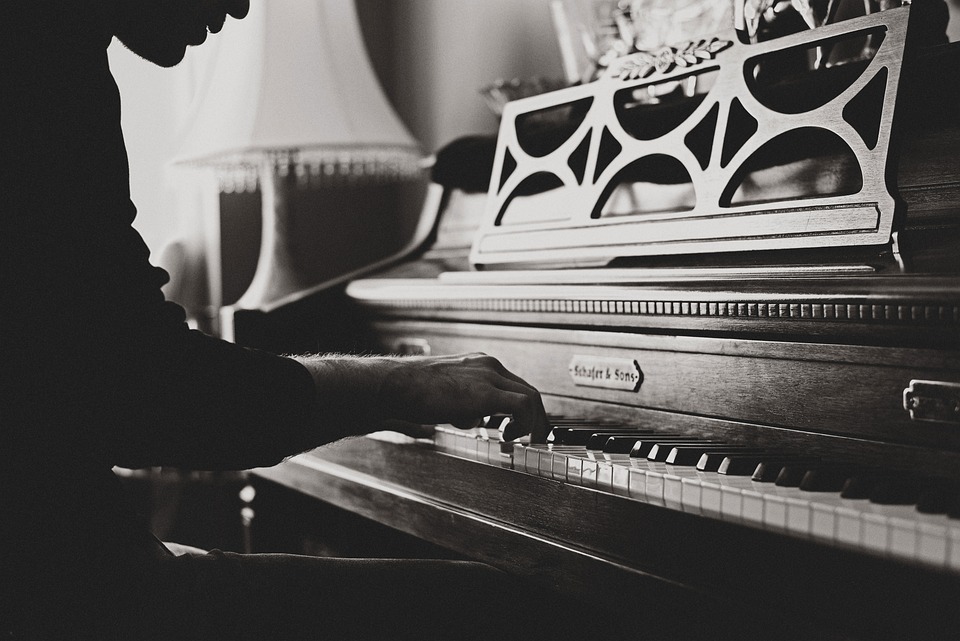The role of music in film is a crucial aspect of storytelling. It has the power to evoke emotion, enhance the mood, and elevate the overall viewing experience. From the dramatic orchestral scores of classic Hollywood epics to the contemporary soundtracks of modern blockbusters, the art of sound in film has become an integral part of cinematic storytelling.
One of the earliest uses of music in film was during the silent era. In the absence of spoken dialogue, music became a vital component in conveying emotion and driving the narrative. Pianists, organists, and even entire orchestras were employed to perform live accompaniments to silent films, adding depth and emotion to the visual storytelling.
As technology advanced, sound became an integral part of the filmmaking process. The iconic scores of composers such as Max Steiner, Bernard Herrmann, and Ennio Morricone would forever change the way music was used in cinema. These composers not only understood the power of music to enhance a film, but they also had a profound understanding of how to use it to add depth and meaning to the story being told.
In the golden age of Hollywood, the orchestral score became synonymous with epic storytelling. Films such as “Gone with the Wind,” “Casablanca,” and “Lawrence of Arabia” featured sweeping scores that added grandeur and emotional resonance to their respective narratives. The orchestra became an essential tool in creating a sense of scale and atmosphere, with composers often using leitmotifs and recurring themes to underscore character development and plot points.
In the latter half of the 20th century, the role of music in film continued to evolve. The emergence of rock and pop music in cinema brought a new energy and relevance to the medium. Films such as “A Hard Day’s Night,” “Saturday Night Fever,” and “Pulp Fiction” utilized popular music to help define the cultural landscape of their respective eras. These soundtracks not only added a sense of authenticity to the films but also became an integral part of their identities.
In recent years, the use of music in film has expanded even further. With the rise of digital technology and the accessibility of music from around the world, filmmakers have been able to experiment with a wider range of musical styles and genres. Scores no longer have to rely solely on orchestral arrangements, with electronic, ambient, and experimental soundscapes becoming increasingly prevalent in modern cinema.
The art of sound in film goes beyond the traditional orchestral score. It encompasses the use of sound effects, ambient noise, and dialogue to create a fully immersive experience for the audience. From the haunting atmosphere of a horror film to the pulsating energy of an action sequence, sound plays a crucial role in shaping the emotional and visceral impact of a film.
In conclusion, the art of sound in film is a deeply complex and integral aspect of cinematic storytelling. It has the power to enhance emotion, drive narrative, and create a sense of atmosphere that is impossible to achieve through visuals alone. Whether it’s a sweeping orchestral score, a moody ambient soundtrack, or a carefully selected pop song, the role of music in film continues to be a vital component in the art of storytelling.

